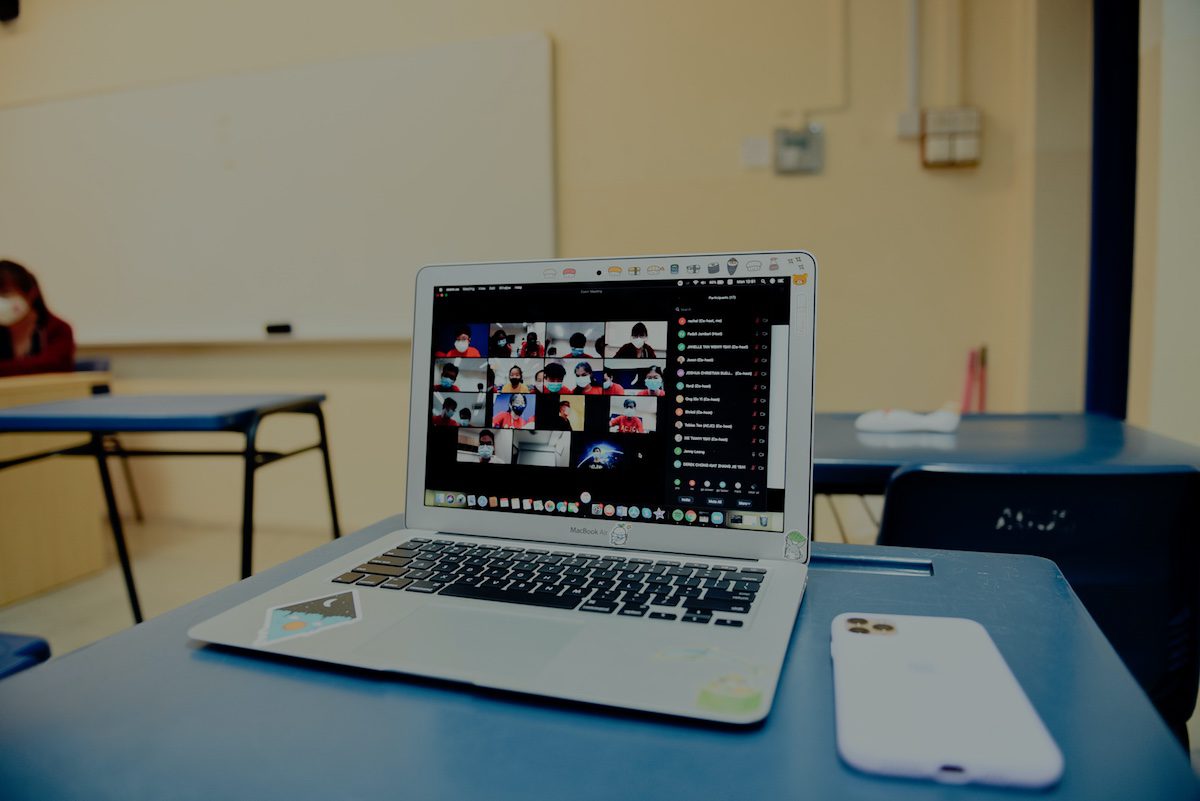 (Photo: Lucas Law/Unsplash)
(Photo: Lucas Law/Unsplash)
The CDC announced that schools can reopen in collaboration with state and local health officials adding that “implementation should be guided by what is feasible, practical, acceptable, and tailored to the needs of each community.”
For many, this news brings some hope after almost a year into online learning. Between spending hours online to being isolated from friends, the world has posed many challenges for students and teachers alike.
YR Media spoke with Jessica Almanzar, journalism teacher and wrestling coach at Austin High School in El Paso, Texas about how she has had to adjust her curriculum several times to adapt to her students’ needs and the worries she has for students who are struggling to keep up with online learning.
This interview was edited for clarity and length.
——
Denise Tejada: Can you talk about the adjustment you had to make this school year?
Jessica Almanzar: It really brought me back to when I first started teaching 14 years ago. It was like re-learning my job all over again. I really had a strong command on what I was doing here and then COVID hit and kind of threw that out the window.
The biggest challenge is having enthusiasm for what I teach, our publications and just journalism in general [and] finding ways to have that transmitted through a Zoom meeting. You’re basically going from whatever you do in your classroom to becoming almost like a YouTuber. Having my enthusiasm transfer to them via Zoom is definitely hard — especially when they have breakfast going on in the background, or some of them will have their second grade sister and I can hear some second grade teacher giving their lesson.
DT: Some schools and some teachers don’t make it mandatory for folks to turn on their camera. I know you mentioned you’ve come to an agreement with your students. Can you talk a little bit about that?
JA: [With] COVID, it’s part of our routine, establishing as soon as we log in, if my camera’s on, your camera’s on. And that’s it. I still have to remind some students, but it’s hardly.
The way I got them to agree to that was [explaining to them] it’s hard just to talk to a screen [and] I need to feed off of their energy. Bringing it back to body language, I need to see that they’re engaged. I need to see where their eyes are directed, or at least they’re looking at me. And also just feeding off of their body language. So that’s kind of the tradeoff that I made with them. Your camera’s on and I’ll keep [the lesson] short.
DT: What are some concerns that you have come across that you normally would not have had issues with if classes were done in person?
JA: For our kids who have different situations going on, it’s almost time for us to maybe put the school work or the assignments aside and just be a support for them and be that interaction. I mean, I’ve even had some students who kind of linger after I dismiss class and they just want to talk. Just trying to cheer them up because they miss each other and I miss them. It’s been helpful to me, just building that rapport and being a support system for them and putting the assignments aside and just being there for them.
It’s all about saving stress. I have to think, how am I going to be not stressed myself? How am I going to keep their stress levels down as well? And so I find myself ditching my content or whatever lesson that I had and just say, “OK, let’s get organized,” or I’ll leave a really simple journal assignment where they can submit it online.
DT: What do you think are the best ways teachers can be supportive to students?
JA: I think finding and creating a balance for themselves as teachers first. Making yourself a priority, just making sure that you’re not stressed because that overall is going to impact your health and your mood. And that’s going to come across the zoom screen, and stress can be contagious. They look up to us as educators and they feed off of our energy. They feed off of our mood.
Being patient. I think a lot of teachers have definitely modified their work too. Our district even did a homework freeze because kids were getting so behind. For many of them, especially in our neighborhood, this is their home away from home. This is their lunch, breakfast, social, all that. This is their support system. And all that’s being ripped away from them.
DT: It’s almost a year into the pandemic, what have you learned so far?
JA: I’m just really looking forward to interacting with [my students] in person again. I didn’t go to school to become a teacher. In fact, that’s something that I’ve always opened up [about] whenever I do introductions at the beginning of the school year. When I was in school, I couldn’t wait to graduate so I could get out of school and never come back. Then I worked as a journalist locally and then again, life kind of worked its way and becoming a teacher was probably the best thing that has ever happened to me in my life. I never wanted to do it. I never imagined that I would be a teacher and the unconditional love that a student gives you.